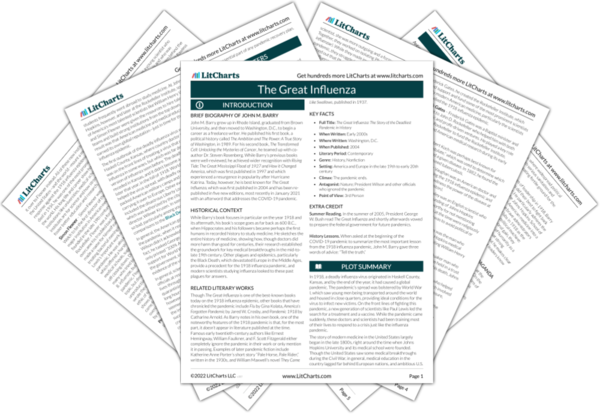Military camps were one of the major sources of devastation during the 1918 influenza pandemic, and in some ways, the same flaws that caused young soldiers to die in battle were also what caused them to die of disease. In particular, bureaucracy and the arrogance of leaders who ignored expert advisors were major factors that contributed to the spread of disease in army camps; similar factors could also be said to have contributed to soldier deaths in battle.
